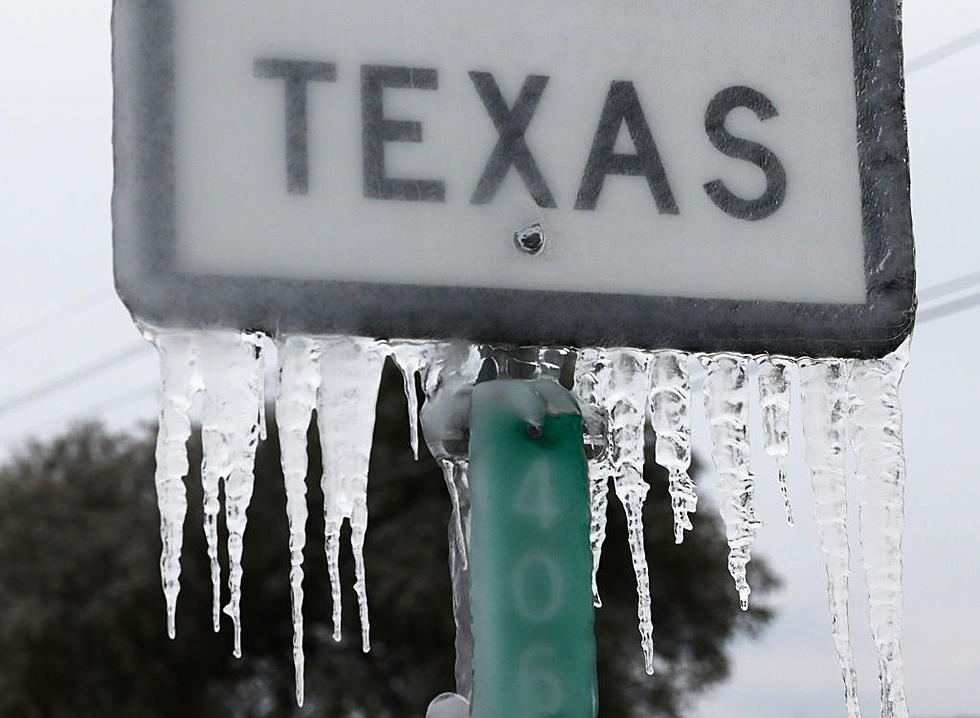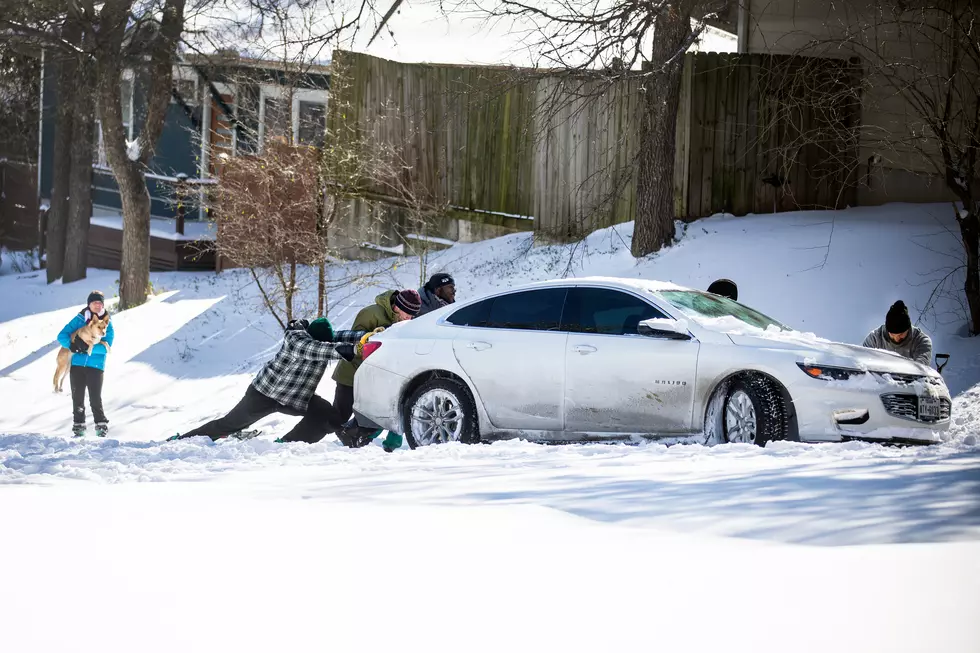
It May Be Hot In East Texas Right Now, A Chilly Winter Is Expected

East Texas has endured some extreme heat this summer thanks to the seemingly ever-present 'heat dome'. The high-pressure system that has basically sat, and continues to sit, over East, Northeast, and Central Texas all summer long has produced several stretches of 100-degree plus days. In addition to many heat advisories and excessive heat warnings thanks to the humidity. The heat and humidity are nearly unbearable for many but come late December, January, and the first part of February, those that don't like the heat may want the 'heat dome' to return.
For more than 200 years now, the Farmer's Almanac has been releasing its extended forecasts for the winter so that farmers may plan out the planting and harvesting of their crops and what they should expect this winter. They have published their predictions a little earlier than normal this year and it appears as if East Texans could be doing a lot of shivering this winter after baking all summer long.
The Farmer's Almanac released their 'Shake, Shiver, Shovel' predictions for this winter and this year Texans can prepare for a chilly winter with normal precipitation. We will definitely take the normal precipitation aspect of this forecast. Seeing how much of East Texas is sitting in the extreme and severe drought categories, with a couple in the exceptional category. So any precipitation we get this winter will be greatly welcomed. However, many of us could probably do without the shivering part!
Texas will be 'SHIVERING' this winter.
It's been cold here in Texas for the past couple of winters, it looks as if that trend will be continuing this winter too. Now, if you want snow and really cold temps head to the Rocky Mountains, upper mid-west, or the Ohio River Valley. It appears as if it's going to be wet along the eastern seaboard and drier than normal out west and wet, as expected, in the Pacific Northwest according to the Farmer's Almanac.
Let's just pray we don't get paralyzed by another massive winter storm here in East Texas as we did in February of 2021. To learn about more predictions just head over to the Farmer's Almanac website where you can get lost in all kinds of predictions or wait for the physical copy to be available on August 15th.
For now, I'll soak up all the heat I can take and then remember what these near 100-degree days feel like when it's 38 degrees, overcast, and windy with a windchill of 22 degrees!
LOOK: The most extreme temperatures in the history of every state
RANKED: Here are the most popular national parks
LOOK: The most expensive weather and climate disasters in recent decades
More From 107-3 KISS-FM









